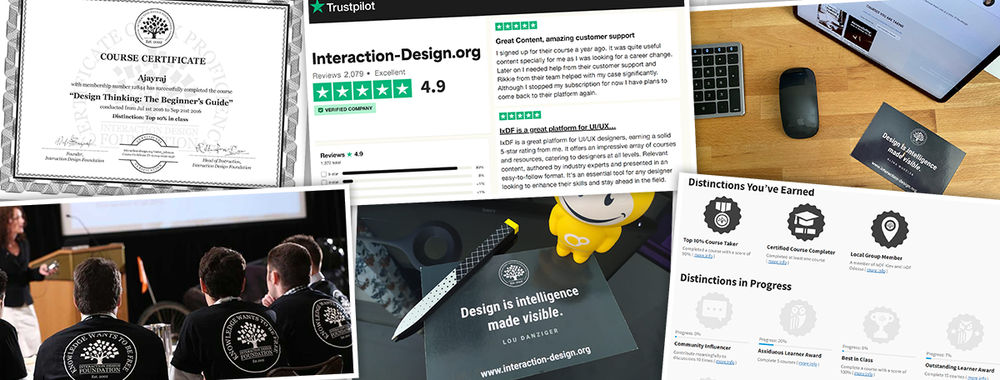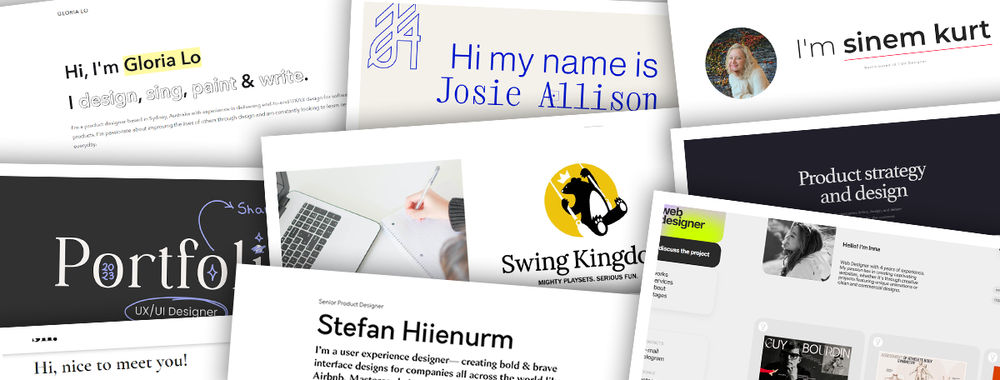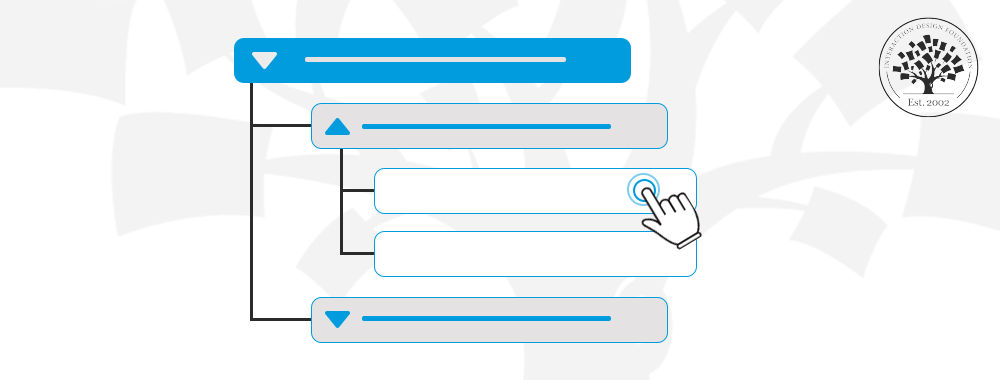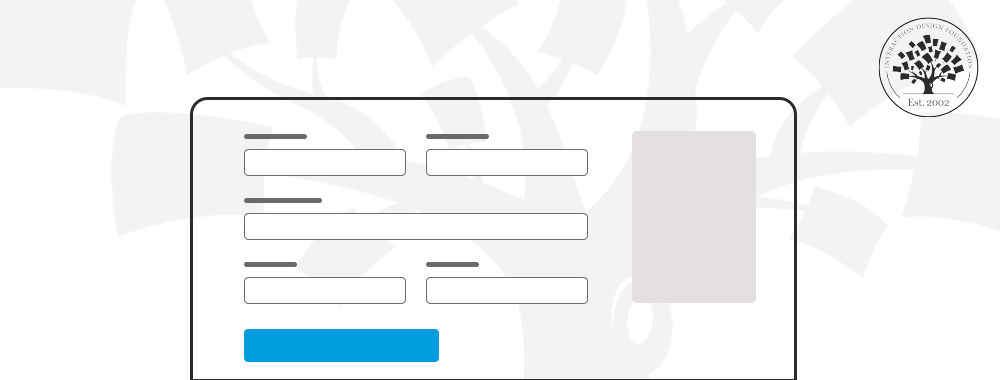Let’s take a look at one of the key communication skills you’ll need for your next research project – report writing.
Writing Reports for UX Research
It is unlikely that for most reports that you’ll find a one-size fits all format that keeps everyone in the stakeholder group happy. You may find that you need to do three reports for every report you need to file. A very brief high-level report for those who may be interested in the output of your research but have no intention of reviewing the data or the method itself.
Mid-sized reports for decision makers with enough explanation of what needs to be done and what you did to be informative without becoming overwhelming.
Then a bigger report for those who will be carrying out the work that results from the report. This should go into more detail about what needs to be done and probably into less detail about what has been done (though given that research shows that giving a reason for a request makes it more likely that someone will comply with the request – some explanation of what’s been done won’t hurt either).
Many of us have started reporting in PowerPoint as it can capture the attention of the reader as well as put information in an easy to summarise and glance-able format, but choose the best format based on your client and your report style. It is also important to tell a story here, to build empathy for your client and build up to your end goal by creating a flow of information.
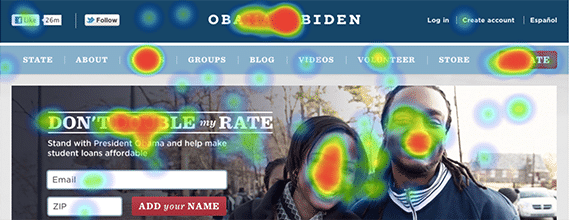
We can follow certain standards when it comes to our reports such as ISO/IEC 25062:2006 which is a basic ‘Common Industry Format’ which we can use to report our research. This ISO standard consists of 74 items we need to adhere to; but reading through a list this long won’t appeal to most of us so there are also a number of pre-made templates out there we can download and follow.
There are some fairly standard rules that you can apply to writing better reports:
- Reports should be in plain English. Do not give into the academic urge to use 12 words when one will do. The easier they are to read, the better. When you use specific terminology or acronyms – explain them even if you think the audience already knows them. Don’t leave people reaching for dictionaries or feeling a little bit stupid because you’re talking over their heads.
- Break your reports into clear and simple sections. No-one likes a wall of text. Use standard sections where possible; an executive summary, an introduction, a methodology statement, a results section, a recommendation section, a summary, etc.
- Keep the reports honest. A lot of reporting suffers from a bad case of over-optimism on the part of the report writer. In order for people to use a report to make an informed decision – you have to report on the data that contradicts your recommendations. You have to explain limitations in methodologies. The bright side of this approach is that if things go wrong; they become a team failure rather than an individual one.
- Keep reports as short as possible. You have to provide enough detail for people to be able to use the report. You do not have to provide so much detail that it takes a week to read. I recently read someone recommending a 20 page maximum on reports. I’d say in most cases that might be 15-18 pages too much information for many people. Refining your language and the way you present data (use visuals, tables, etc. rather than long form explanations) can help you keep the word count to a minimum and visuals can also keep the reader engaged with the work.
Header Image: Author/Copyright holder: Unknown. Copyright terms and licence: Unknown. Img
Image Source:
i.poweredtemplates.com (link to image)
usabilla.com (link to image)


